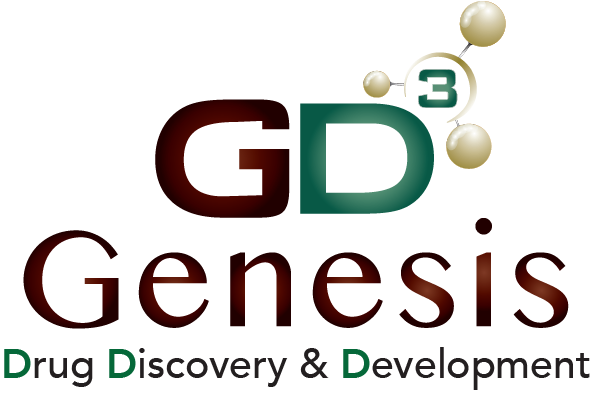Immune Mediated Studies
Immune-mediated or autoimmune diseases are serious and life threatening disorders. There a limited number of somewhat effective patient therapies available, but more research and drug development in this area are clearly needed. Good preclinical models exist for many diseases but for some, no robust animal models yet exist.
Relevant immune mediated diseases in man include:
| Uveitis | Rheumatoid arthritis | Renal nephritis | |
| Myasthenia gravis | Diabetes | Crohn’s disease | Sjogren’s syndrome |
| Acute disseminated encephalomyelitis | Asthma | Psoriasis | Eosinophilic esophagitis |
| Goodpastures’s syndrome | Atopic dermatitis | Inflammatory bowel disease |
Typically, immune-mediated models involve combining the target antigen with an adjuvant which is effective in stimulating cell mediated immunity. In some cases, only the antigen is adequate to generate an immune-response. Potentiation of T helper cells leads to the production of certain immunoglobulins and effector T-cells, inflammation is a predominent finding. In preclinical studies, rodents are generally used and often special susceptible strains are required to generate the appropriate immune response. These special animals might include Lewis rats, BalbC mice, DBA-1 mice, APO-E mice, C57B6 mice, various transgenic and knock out mice, Duroc pigs, hairless guinea pigs, and minipigs.
Developed and optimized over the past 20 years, CBI offers a wide variety of optimized and validated immune-mediated models suitable for the assessment of allergic and immune-mediated disease. CBI is also skilled in developing new or custom models. A list of these models and information about each model is presented.
Please check out our publications on immune-mediated pharmacology.
Brain and CNS
- PLP-Induced EAE in mice, rats
- MOG-Induced EAE in mice, rats
- Cuprizone-induced EAE
- Myasthenia Gravis-Experimental Autoimmune Myasthenia Gravis- acetylcholine receptor)
Eye
- MAA-induced anterior uveitis
- Posterior uveitis-S-Ag and IRBP
- Ovalbumin or LPS-induced uveitis
- Sjorgren’s syndrome-immune mediated dry eye
Bone and Joint-Arthritis
- Collagen-induced (DBA mice)
- Adjuvant -induced (Lewis rats)
- Antibody-induced arthritis
- Ovalbumin-induced arthritis (rabbits)
- MSU-induced models of gout
- Zymosan-induced
- Methylated BSA model
Lungs
- Inflammation-Immune Mediated
- Murine Sarcoidiosis- acne-induced hypersensitivity or granulomatous pneumonia.
- Murine Farmer’s Lung- Saccharopolyspora rectivirgula-induced hypersensitivity pneumonitis (“Farmer’s Lung”)
- Ovalbumin-induced asthma in rats
- Murine Aspergillus Pneumonia
- Aspergillus Rhinosinusitis in Rabbits
- Hyperoxygen-induced bronchopulmonary dysplasia in infant rodents
Gastrointestinal System
- Eosinophilic esophagitis
- Colitis
- DSS-induced
- Oxazalone-induced
- DNBF or TNBF-induced
- Type I and Type II diabetes
Skin
- Delayed type dermal hypersensitivity in mice, rats, rabbits
- Oxazalone, TNBF, DNBF, LPS, Horseshoe crab limulus lysate, BCG
- Atopic Dermatitis
- Imiquimod-induced murine model of psoriasis
- Guinea Pig Dermal Sensitization
- Dermal Sensitization
- Beuhler Test
- Guinea Pig Maximization Test -Magnusson and Kligman Assay.
Kidney
- Heymann passive glomerular nephritis- Immune-mediated FX-1A-induced glomerular nephritisin rats
In vivo assessments are numerous and diverse may include clinical signs, neurologic signs, biomarkers, cytokines, body weights, food consumption, lameness scoring, joint diameter measurement scoring, plesthysmometry, clinical pathology, funduscopy, OCT, laser doppler, sillouette photography and customized assays.
Histopathologic assessment is a powerful tool in assessment of efficacy. Routine and special stains, histomorphometry, confocal microscopsy and immunohistochemistry are useful.


